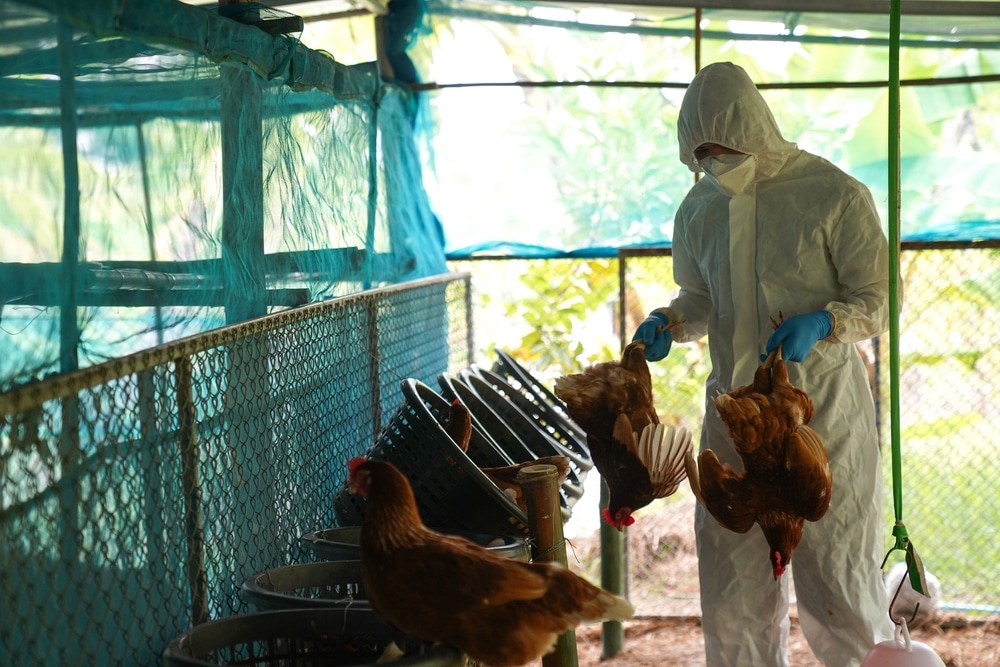The United States can no longer count on its Pacific air bases to be safe from missile attack during a war with China. On the contrary, a 2015 paper from the influential RAND Corporation noted that in the worst case scenario, “larger and accurate attacks sustained over time against a less hardened posture could be devastating, causing large losses of aircraft and prolonged airfield closures.” Kadena Air Base in Okinawa, due to its relative proximity, would be hardest hit.
To up the stakes, China in September 2015 publicly revealed its DF-26 ballistic missile, which can strike Andersen Air Force Base in Guam—nearly 3,000 miles away—from the Chinese mainland. Andersen and Kadena are among the U.S. military’s largest and most important overseas bases. Enter Tinian. The lush, small island near Guam is emerging as one of the Air Force’s backup landing bases. On February 10, the flying branch announced that it selected Tinian as a divert airfield “in the event access to Andersen Air Force Base, Guam, or other western Pacific locations is limited or denied.” READ MORE
















